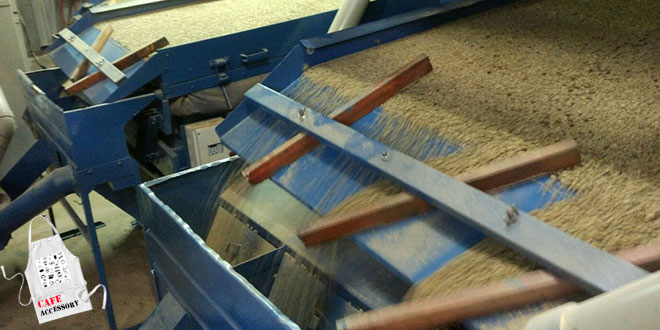کافه اکسسوری – در اواخر دهه ۱۹۷۰ السالوادور El Salvador بهعنوان کوچکترین کشور در آمریکای مرکزی، سومین کشور بزرگ تولید قهوه در سراسر جهان بود و این تقریباً ۵۰ درصد از درآمد صادراتی کشور را به خود اختصاص داده است. پسازآن، جنگ داخلی و اصلاحات ارضی رخ داد و تولید قهوه هرگز به میزان قبل نرسید. اکنون قهوه حدود ۳.۵ درصد از صادرات کشور را تشکیل میدهد. با توجه به عوامل اقتصادی، سیاسی و کشاورزی، السالوادور در تلاش است تا یک کشور تولیدکننده با تمرکز ویژهتر باشد و با تمرکز بر مناطق با رشد بالاتر و تولیدات بوتیک جایگاه ویژهای را در صنعت قهوه پیدا کند. در بازدیدهای خود از کشور، حتی با عوامل مختلف مشکلساز در تولید قهوه، کشاورزان بسیار پرشوری را یافتم که از قهوه خود هیجانزده هستند و درگیر پردازشهای تجربی و ایجاد باغهای مختلفاند. این کشور احتمالاً برای انواع فرآیند شسته شده بوربون شناختهشده است. تولیدکنندگان متفکر السالوادوری، انواع مختلفی از قهوههای منحصربهفرد را به جهان قهوه، مانند انواع Pacamara، توسعه داده و معرفی کردهاند. این دانه بزرگ قهوه تلاقی بین انواع مارگرافیپ فیل و گونه Pacas است. قهوه خوب السالوادوری غالباً دارای بدن شکلاتی شیرین است که همراه با اسیدی مانند توت است.
منبع: The Coffee Dictionary, Maxwell Colonna
El Salvador
Back in the late 1970s El Salvador was the third largest coffee-producing country in the entire world – quite something for the smallest country in Central America. It accounted for almost 50 percent of the country’s export revenues. Then came civil war and land reforms, and coffee production has never hit those kind of heights again. Coffee now accounts for around 3.5 percent of the country’s exports. Owing to economic, political, and agricultural factors, El Salvador is moving towards being a more speciality-focused producing country, focusing on the higher-altitude growing regions and boutique productions. On my visits to the country, even with various problematic factors affecting coffee production, I have found very passionate farmers who are excited by their coffee, engaging in experimental processing and setting up varietal gardens. The country is probably best known for washed-process Bourbon varieties. Forward-thinking El Salvadorian producers have developed and introduced unique varieties to the coffee world, such as the Pacamara variety. This large bean is a cross between the elephant Maragogype variety and the Pacas variety. Good El Salvadorian coffee often has a sweet chocolate body combined with berry-like acidity
کافه اکسسوری را در اینستاگرام نیز دنبال کنید.











